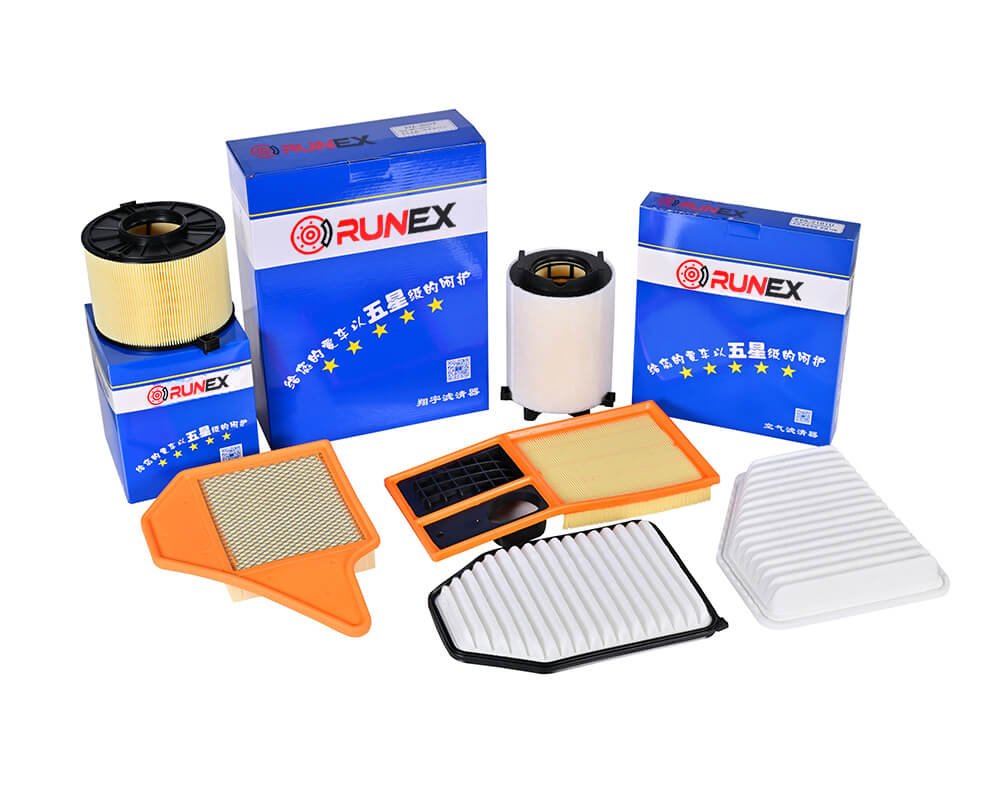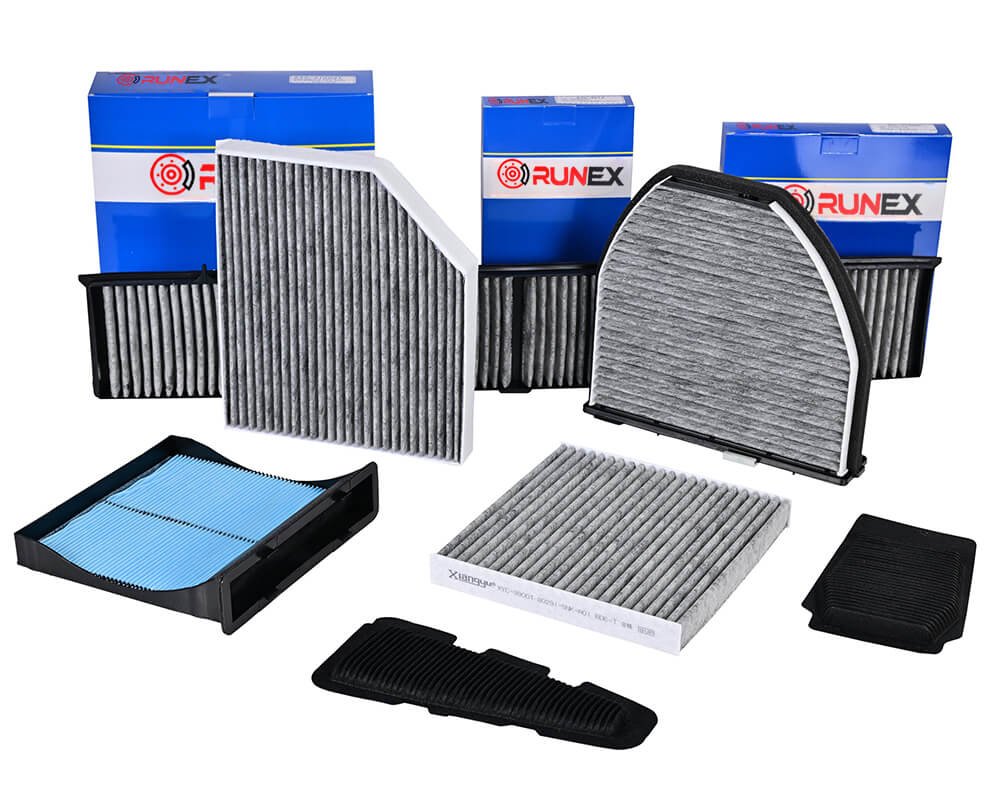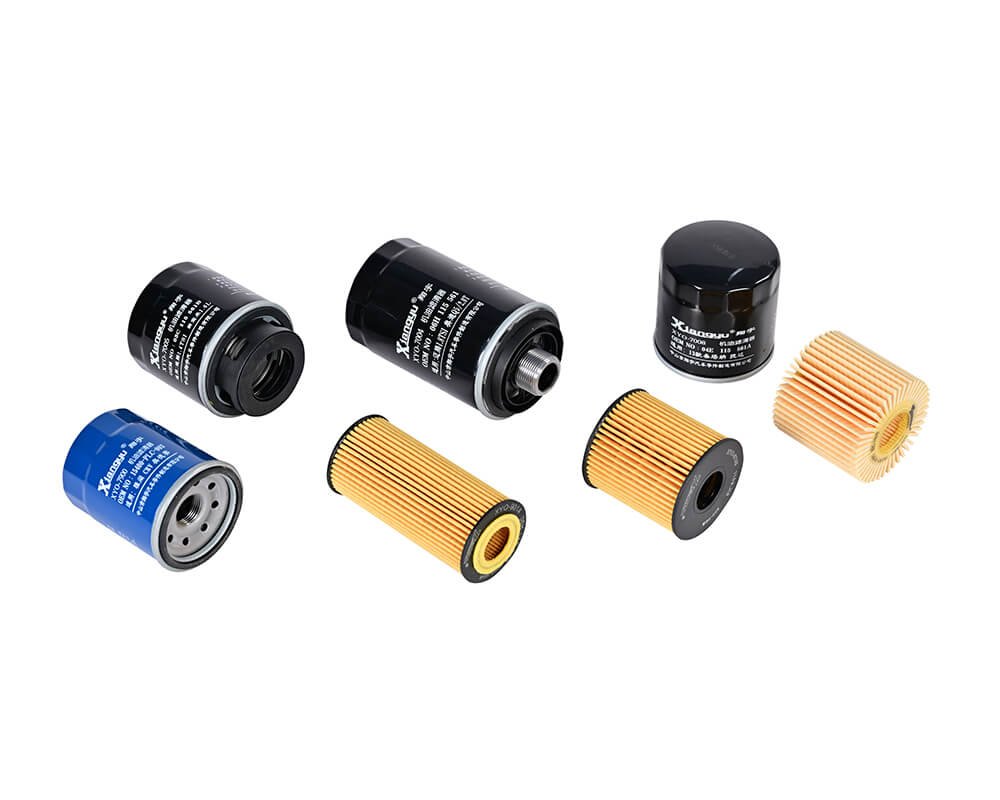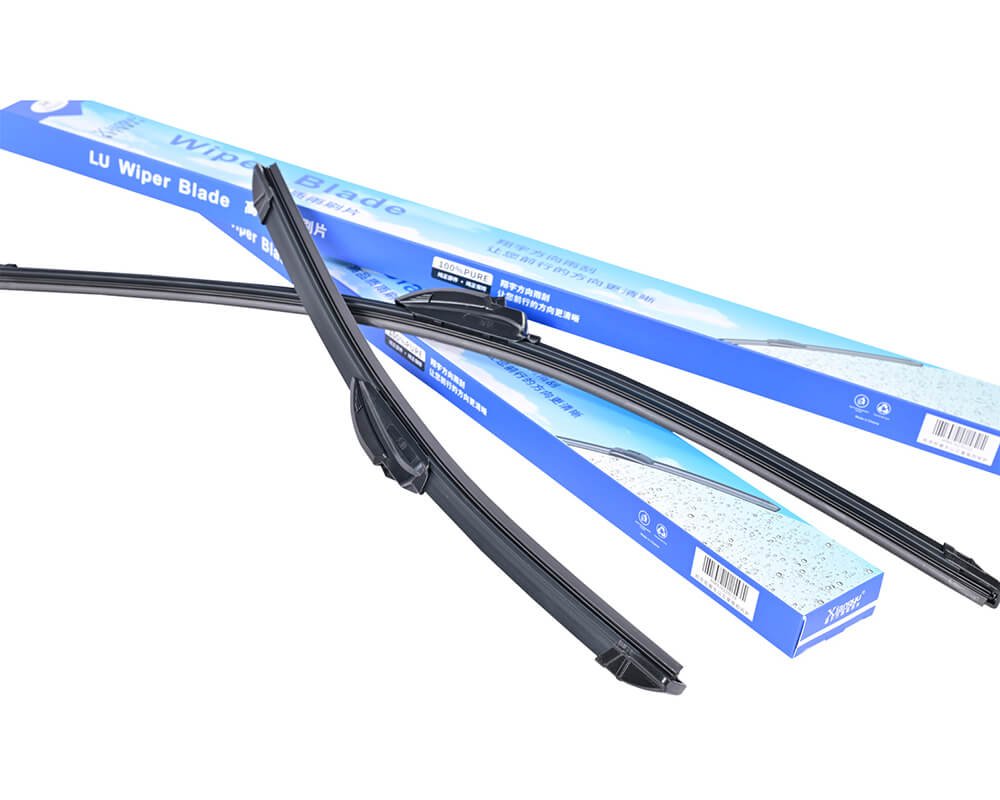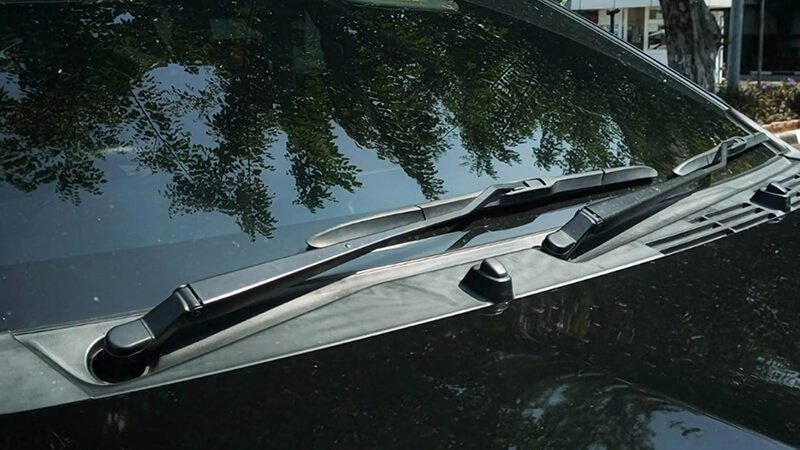Leading paragraph: Choosing the right brake parts is crucial for your car’s safety and performance. This guide will help you navigate the process of buying high-quality brake components.
Snippet paragraph: Whether you're replacing worn-out brake parts or upgrading for better performance, this guide will help you make informed decisions.
Transition paragraph: Keep reading to learn what you need to know before purchasing brake components and how to choose the right ones for your vehicle.
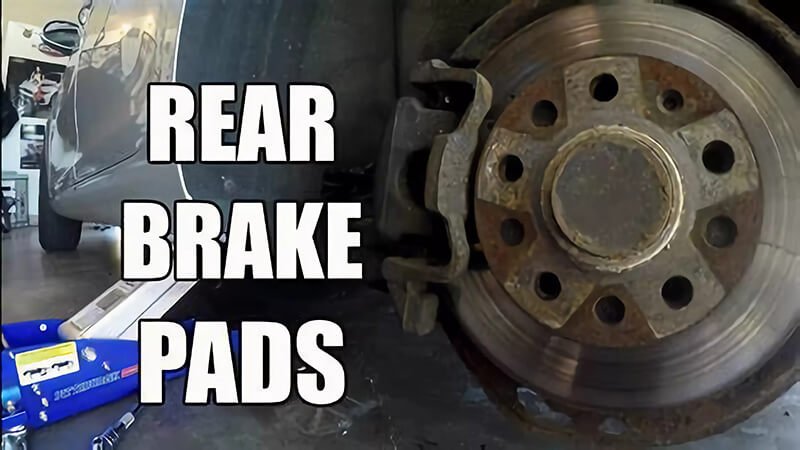
How do I know what brakes to buy?
Selecting the appropriate brake parts is essential for vehicle safety, and it all depends on your car’s needs and your driving style.
When shopping for brake components, it’s important to match the right brake pads, rotors, and other parts to your car’s specifications. Here are a few key factors to consider:
- Vehicle Model and Year: Always check your vehicle’s manual for recommended brake parts1, as different car models require different components.
- Driving Style: Are you a performance driver, or do you primarily use your car for city driving? Performance vehicles often require high-performance brake pads and rotors2 for optimal stopping power.
- Brake Type: There are different types of brake pads, such as organic, semi-metallic, and ceramic pads3. Organic pads are quieter and gentler on rotors, but semi-metallic and ceramic pads offer better durability and performance, especially in harsh driving conditions.
Choosing the right brakes is about matching your needs with the right materials, ensuring safety, and maintaining performance.
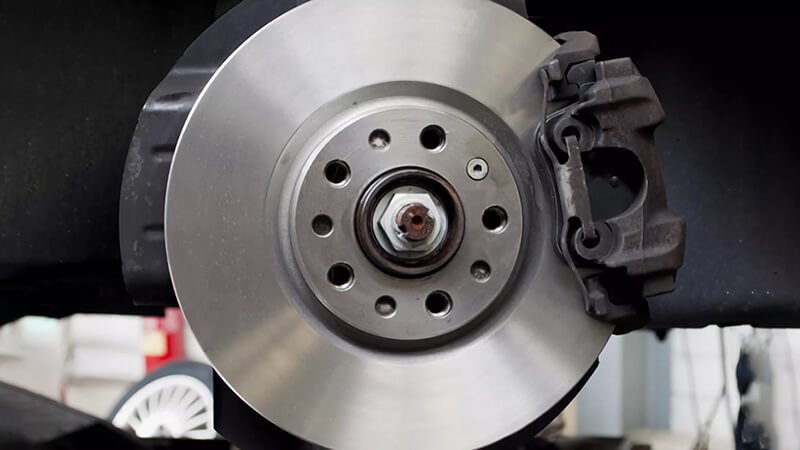
What is needed for a complete brake job?
A full brake job is more comprehensive than just replacing brake pads. It involves multiple parts that ensure proper braking function and safety.
A complete brake job requires more than just replacing the brake pads. Here’s what’s typically needed to get the job done properly:
- Brake Pads: The primary wear part of your brake system, pads need to be replaced regularly to ensure proper braking. Choose pads suited to your driving habits and vehicle type4.
- Brake Rotors: Rotors are essential for braking performance. They can become warped or scored over time5, so they may need resurfacing or replacement during a brake job.
- Calipers: These clamp down on the brake pads to create the friction necessary to slow or stop your vehicle. Damaged or sticky calipers may need servicing or replacement6.
- Brake Fluid: Essential for hydraulic braking systems, old or contaminated brake fluid can reduce braking efficiency7. A brake fluid flush is often recommended as part of a complete brake job.
- Brake Lines and Hoses: These carry brake fluid from the master cylinder to the brakes. Cracked or damaged lines should be replaced8 to prevent brake fluid leaks.
- Brake Hardware: This includes shims, clips, and other small components that help reduce noise and ensure the pads and rotors are positioned correctly. Replacing worn hardware improves overall braking performance9.
A complete brake job not only addresses the brake pads but ensures the entire braking system is functioning optimally, keeping you safe on the road.
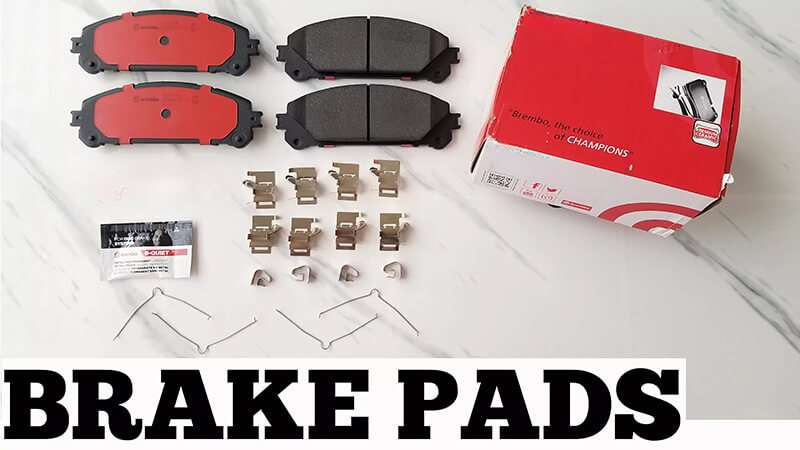
What is the most important part of any braking system?
Every component of your braking system works together, but some parts play a more critical role in overall braking performance.
While many components work in tandem, the brake pads are arguably the most important part of the braking system. The pads create the friction necessary to stop the vehicle10, and their quality directly impacts braking efficiency, noise levels, and safety. Without good-quality pads, the entire braking process suffers.
However, it's important not to overlook other key components, such as brake fluid, rotors, and calipers, which all contribute to the overall performance of the system. If any of these parts fail, even the best brake pads won’t perform optimally11. A balanced and properly maintained braking system is crucial for ensuring consistent performance.
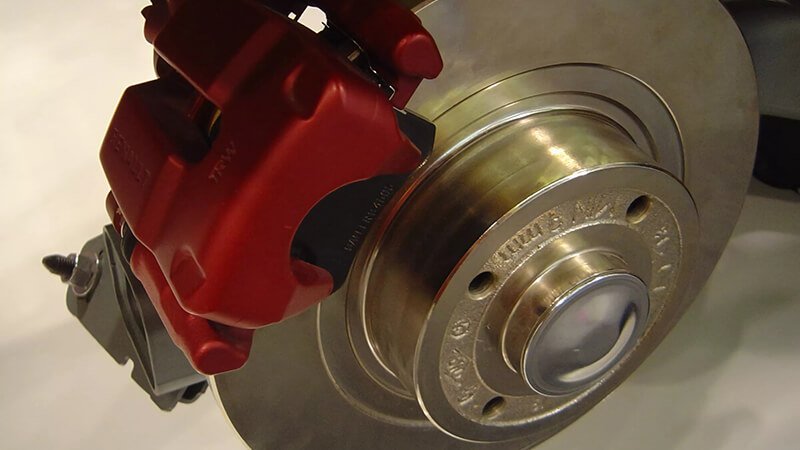
What to know before buying brake pads?
Not all brake pads are created equal, and the wrong choice can affect both performance and safety. Here's what you need to know.
Before buying brake pads, consider the following factors:
- Material: The type of material used in brake pads affects performance and durability12. Organic pads offer a smoother, quieter ride but wear out faster. Semi-metallic pads offer a balance between performance and durability. Ceramic pads last longer and produce less brake dust but can be more expensive.
- Driving Conditions: If you drive in hot or mountainous regions or frequently tow heavy loads, you may need higher-performance pads13. Ceramic or premium semi-metallic pads are designed for high temperatures and heavy-duty use.
- Noise and Comfort: Some brake pad materials, like semi-metallic, can produce more noise than others14. If noise and comfort are a concern, ceramic pads might be a better choice, as they are generally quieter.
- Price and Brand: Investing in high-quality pads can save you money in the long run15. Reputable brands often provide better warranties and performance guarantees.
Before purchasing brake pads, it’s crucial to think about your driving habits and the conditions your vehicle will be subjected to. Investing in quality pads is always worth it for both safety and peace of mind.
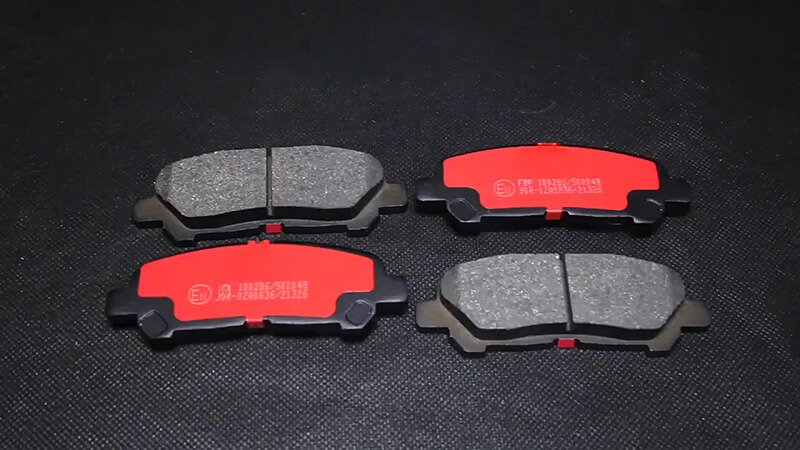
Conclusion: Making Informed Brake Part Decisions
Buying brake parts can be an overwhelming process, but it doesn’t have to be. By considering factors such as your vehicle's needs, your driving habits, and the quality of the parts, you can make an informed choice that will ensure your safety and driving comfort.
Remember, brakes are one of the most vital components of your car’s overall performance. So, invest time in choosing the right brake parts—your vehicle and passengers will thank you for it.
Call to Action: Need expert advice on the best brake parts for your car? Contact us today to find the perfect match for your vehicle.
-
Find accurate guidance for choosing brake components based on your car's model and year. ↩
-
Learn why specialized brake components are essential for performance driving and optimal safety. ↩
-
Understand the pros and cons of different brake pad types to make an informed choice. ↩
-
Get guidance on selecting brake pads that match your vehicle and driving style. ↩
-
Understand common issues with brake rotors and when resurfacing or replacement is needed. ↩
-
Learn how caliper issues impact your braking system and what to do about them. ↩
-
Discover the risks of using old brake fluid and the benefits of a brake fluid flush. ↩
-
Learn how to spot brake line issues and prevent fluid leaks for safer braking. ↩
-
Find out how worn hardware affects noise reduction and pad positioning. ↩
-
Understand the role of brake pads in generating friction and ensuring braking efficiency. ↩
-
Learn how supporting components enhance the effectiveness of brake pads and the entire braking system. ↩
-
Learn how different brake pad materials impact performance, durability, and comfort. ↩
-
Find out which brake pads perform best under extreme driving conditions or heavy-duty use. ↩
-
Understand how brake pad materials affect noise levels and driving comfort. ↩
-
Discover the long-term benefits of investing in high-quality brake pads from reputable brands. ↩



